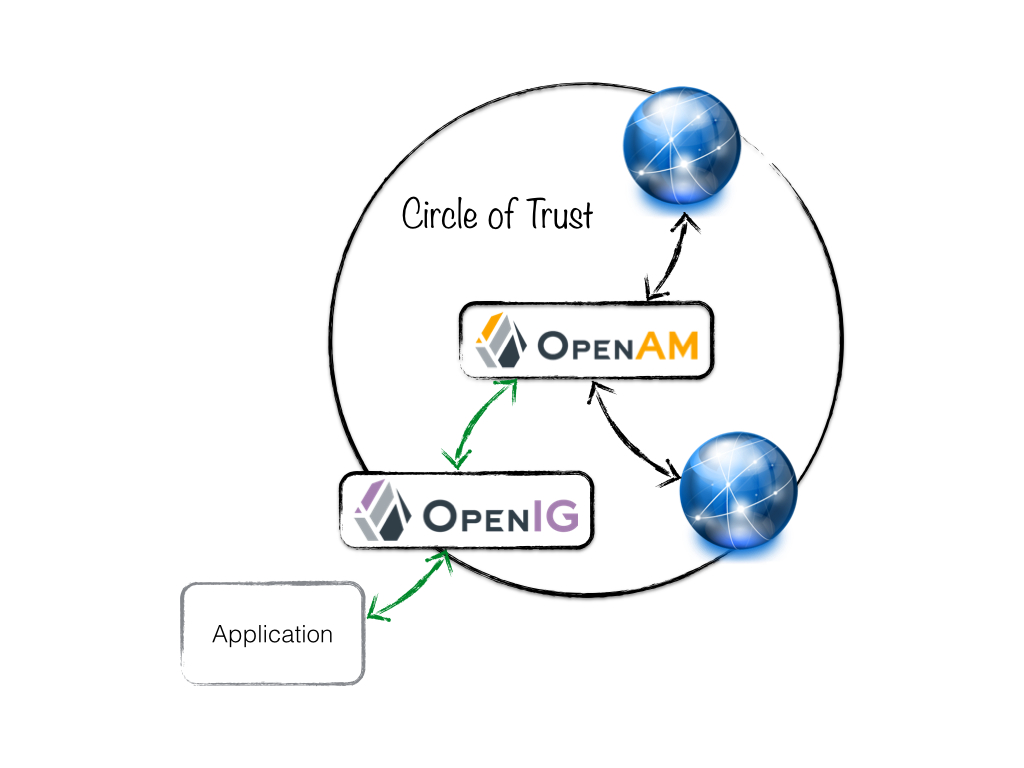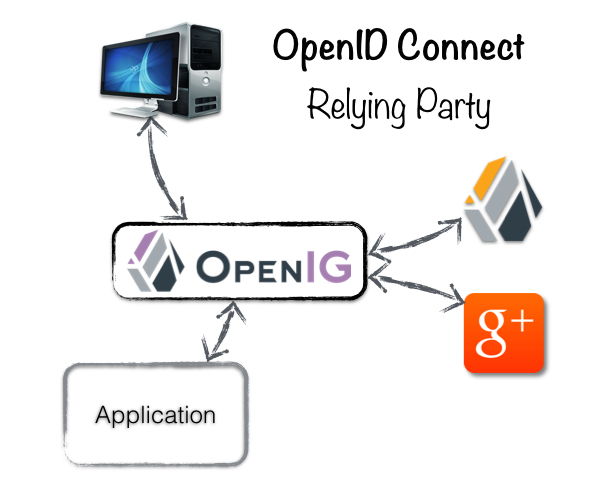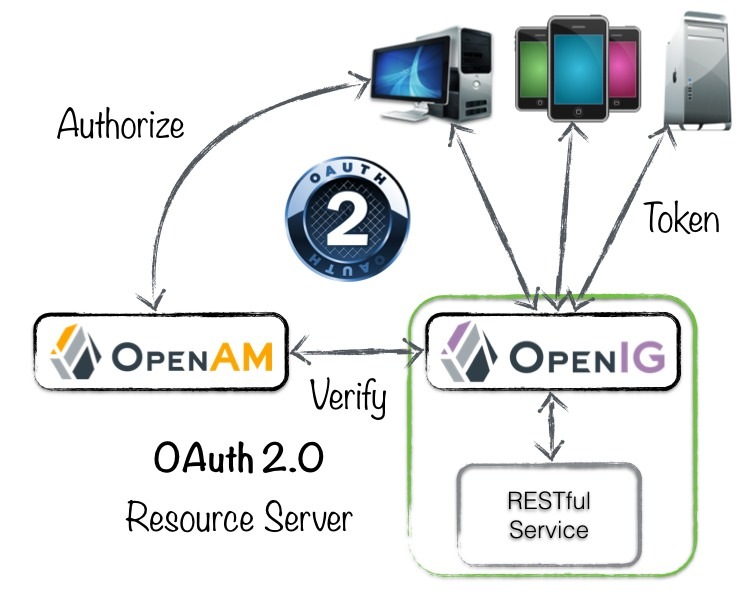Welcome
You’ve probably landed here because you want to know something about OpenIG. This is the right place to be :)
This post is the first one of a serie of OpenIG-related articles that would gives you hand-on samples with explanations.
Identity Gateway
OpenIG stands for Open Identity Gateway, it is an identity/security specialized reverse proxy. That means that it control the access to a set of internal services.
By controling the access, I mean that it intercepts all the requests coming to the protected service (be it a RESTful API or a web application) and process them before (and after) forwarding them to the server.
Different kind of processing can be handled:
- Request authorization
- Capture and password replay
- Message logging
- Transformation
Commons use cases
Ok, that was a bit of a generalist description (transformation is intentionally vague :) ). Having some real-life use cases will help to have a better feeling/understanding of what OpenIG is capable of.
SAML Application Federation
In this use case, OpenIG acts as a SAML-enabled facade to a somehow legacy application that cannot be adapted to support SAML federation. The Identity Provider (could be OpenAM) will consider OpenIG as a standard SAML Service Provider.

Application Authentication
Here, OpenIG acts as an OpenID Connect Relying Party (OIDC terminology for client) and requires the user to authenticate to an OpenID Connect Provider (the identity provider) before giving him/her access to the protected application.
Authenticated user’s profile information (such as name, email, address, picture, …) are available to enrich the user experience, or make further verifications.

RESTful Services Protection
This simple case shows OpenIG verifying request to a proxified RESTful API: each request must contains a valid OAuth 2.0 Bearer Token to be allowed to reach the service API. In this case, OpenIG acts as an OAuth 2.0 Resource Server.
Very useful if you have an old-fashioned REST API that you cannot easily update to deal with OAuth 2.0 tokens.

Not enough ?
Well, we’re done with the ‘marketing’ stuff. In the next post, we will start to play with OpenIG.
See you soon!